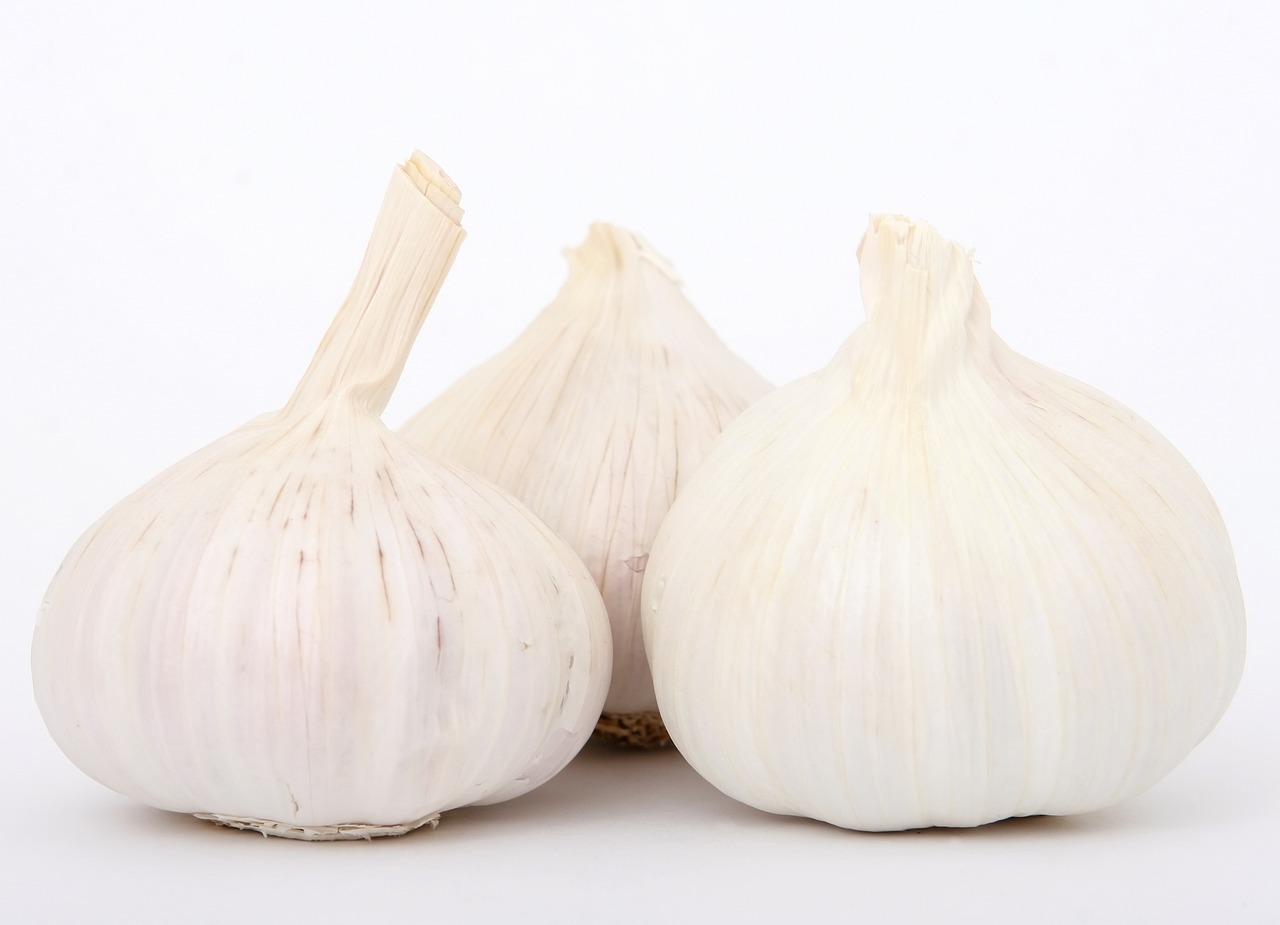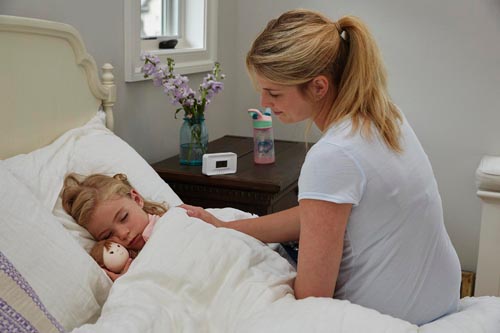Go Green and Save Green – How to Go Organic on a Budget Part 8

There are many varied and great reasons to eat just organic food. It is the best choice for your health and the health of the environment. So why doesn’t everyone go organic? There is a higher cost associated with organic food. It costs more to produce food naturally and that cost is passed on to the consumer. There are, however, some things that you can do to make the switch to organic less costly.
There are four basic things you can do to go organic for less money: grow what you can, spend your food dollars wisely, make most of your food from scratch and don’t waste anything. Each article in this series will address one specific change you can make in each of the four areas.
Grow What You Can
There is a very good reason garlic is used in the cuisines of many regions throughout the world: garlic is good for you and full of flavor yet it is very simple to grow. In fact, the garlic I grow comes from seeds my Great Grandmother brought over from Slovenia a century ago. Although the climate where I live (midwestern United States) is quite different from that found in Slovenia, the inherited garlic grows quite easily for me.
To grow garlic, simply plant a garlic clove pointy side up 1 inch into the dirt in the fall, a couple of weeks before the ground is expected to freeze. The plant will start to develop but then become dormant for the winter. When your ground begins to warm in the spring, the garlic will start to grow again. The garlic will be ready in the summer, when the above ground stem points straight up. If you live in an area that never freezes, you can plant your organic garlic at any time.
Spend Your Food Dollars Wisely
The best option is to eat only organic foods, but this is not always possible on a tight budget. If you must make a choice between organic meats with conventional vegetables or conventional meats with organic vegetables, go with the former choice. Animals raised conventionally consume non organic feed for their entire lives and many pesticides and other poisons are stored within their bodies. When you consume the meat of those animals you are consuming a much higher chemical load than you would with the conventional vegetables.
Make Your Food From Scratch
Yogurt is very good for you. It’s packed with calcium, probiotics and so much more. But good, organic yogurt can be quite pricey. Making it yourself cuts the cost in half, and it is very easy if you have a yogurt maker.
I own a very simple yogurt maker. It has no timer or heat settings, just an “on” and “off” switch, but it gets the job done. It only cost me $25 brand new and the yogurt is made right in single serving size glass jars. I have also seen similiar yogurt makers at my local thrift store for between $2 and $5.
I have seen some complicated yogurt recipes; many involve heating milk to a very specific temperature then stirring in a dried culture before switching to a yogurt maker. My way is easier. You do need to start with a good organic yogurt with live cultures (it will say it has live cultures on the label.) For each 5 ounce jar, put 2 tablespoons of yogurt in, top with organic milk and stir. Place the glass jars into the yogurt maker, turn on and wait 12 hours. That’s it! The yogurt is done. After you have made it once, you can use your own yogurt to start the next batch. Freeze some to make sure you’ll always have starter on hand.
Don’t Waste Anything
When you use the delicious organic garlic you grew, save the skins. They have oils which are a natural deterrent to many garden pests. Boil the skins in water for 20 minutes, strain and put in a spray bottle. You now have a natural pest deterrent that is safe for all plants. Spray problem areas of your garden; repeat as necessary.
I hope I have shown you a few new tricks for going organic on a budget. Thanks for reading, see you in Part 9!
The Author:
Heather Krasovec, creator of Microwave Oven Reviews, uses her extensive experience in food based industries to help consumers make better choices when stocking their kitchens








